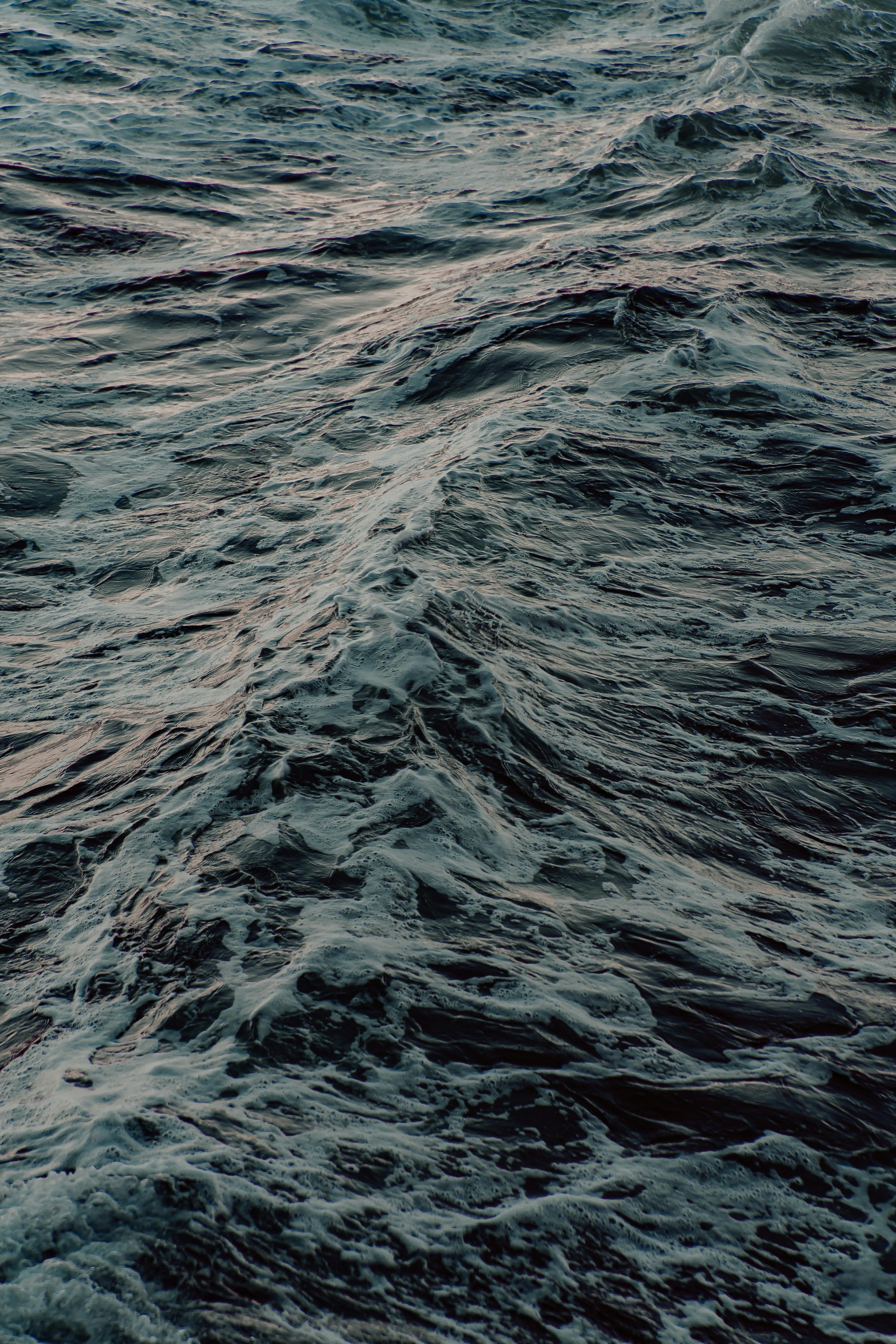Smart Ways to Clean Painted Walls for a Spotless Finish
Maintaining clean painted walls is essential for creating a fresh and inviting atmosphere in your home. This is particularly important in 2025, where smart cleaning techniques can help homeowners deal with grime, scuff marks, and stains effectively. Not only do clean walls enhance the aesthetics of your space, but they also prolong the life of the paint and contribute to a healthier home environment. In this article, we will explore various methods and tips on how to clean painted walls using safe and effective techniques.
We will discuss different cleaning products and techniques, giving special attention to eco-friendly solutions and DIY options. You’ll learn about strategies to remove tough stains, including fingerprints and mildewed spots. Finally, we’ll highlight maintenance tips to keep your walls looking great for years to come.
Key takeaways will include maintaining wall hygiene, choosing the right cleaning supplies, and understanding the best practices for wall maintenance. Now, let's dive into the specifics!
Essential Techniques for Cleaning Painted Walls
Understanding Your Wall Finish
Before you begin cleaning, it’s crucial to understand the type of paint finish on your walls—be it matte, eggshell, semi-gloss, or gloss. Each finish has different cleaning requirements and sensitivities. Generally, flat or matte finishes can be more difficult to clean without leaving marks, while glossy finishes can withstand more rigorous cleaning. Knowing this helps you select suitable cleaning methods and products.
Preparing Your Cleaning Supplies
Gathering the right cleaning supplies is vital for effective wall maintenance. Essential items include non-toxic wall cleaners, microfiber cloths, sponges, and painter’s tape for protecting edges around trim and moldings. For eco-friendly enthusiasts, consider DIY wall cleaners made from vinegar, baking soda, or essential oils. Choosing biodegradable wall cleaners can also minimize environmental impact.
Dusting and Spot Cleaning
Start the cleaning process by dusting the walls with a microfiber cloth or a duster to remove loose dirt and dust. For spot cleaning, dampen a cloth with your chosen cleaner to target specific stains or scuff marks. It’s recommended to perform a patch test in an inconspicuous area first to ensure the cleaner does not damage the paint. Employing the paper towel method for cleaning walls can also be effective, as it allows for controlled application.
Best Methods for Removing Stains and Scuff Marks
Cleaning Scuff Marks Off Painted Walls
Scuff marks are a common nuisance, particularly in high-traffic areas. A simple solution involves using a damp sponge with a little dish soap to gently rub the marks away. For stubborn marks, a magic eraser can be incredibly effective. However, always be cautious and avoid excessive scrubbing which could damage the paint.
How to Remove Fingerprints from Painted Walls
Fingerprints can easily accumulate, especially in homes with children. To eliminate these unsightly marks, use a mixture of mild detergent and warm water. Gently scrub with a microfiber cloth, and rinse with clean water before drying the area thoroughly. This not only removes the prints but also keeps the wall clean and shiny.
Removing Mildew from Painted Walls
Mildew can pose a health risk and affect the aesthetics of your walls. For mild mildew, a mixture of water and white vinegar can work effectively without damaging the paint. Spray the solution on the affected area, let it sit for a few minutes, and then wipe it away with a cloth. In cases of severe mildew, consulting a professional cleaning service may be necessary.
Creating an Eco-Friendly Cleaning Routine
DIY Wall Cleaning Solutions
Many store-bought cleaners contain harsh chemicals. Opting for DIY solutions can be both effective and environmentally friendly. Mix equal parts of water and white vinegar for a natural cleaner that is safe for most wall finishes. Alternatively, a baking soda paste (baking soda mixed with a small amount of water) can tackle stubborn stains while being gentle on your paint.
How to Wash Painted Walls Effectively
The washing technique matters significantly. Always wash from the bottom to the top to prevent streaking and ensure dirty water does not run down areas that have already been cleaned. Use gentle strokes with a damp sponge or cloth, rinsing frequently to avoid buildup of soap residue that can attract dirt.
Maintaining Painted Walls in High-Traffic Areas
High-traffic areas such as hallways and children’s playrooms require regular attention. Establish a cleaning routine that involves dusting and spot-cleaning these areas every few weeks. Consider using removable wall decals to cover minor scuffs and brighten the space, as they can be easily replaced without much hassle.
Top Recommendations for Products and Techniques
Choosing the Right Cleaners for Walls
Selecting cleaning products suited for painted walls is essential. Look for specific wall cleaning products that are labeled as safe for painted surfaces. Avoid harsh scrubbing pads that can scratch or mar the finish. Instead, invest in sponge cleaning pads or dedicated wall scrubbers that provide gentle yet effective cleaning.
Wall Cleaning Frequency
How often you clean your painted walls depends on a variety of factors including foot traffic and exposure to moisture (like in bathrooms and kitchens). For most homes, a thorough clean every three to six months is ideal. However, high-traffic areas may benefit from monthly attention to maintain their appearance.
Wall Care Practices for Households
To keep painted walls looking new, implement simple care practices. Regularly dusting helps prevent dirt buildup, and promptly addressing stains can prevent them from setting. Consider using door mats and having family members remove shoes to minimize soil tracking. Additionally, add air purifiers in allergy-prone households to reduce dust accumulation.
Best Practices for Wall Cleaning Maintenance
Professional Wall Cleaning Services
If your walls require more than routine cleaning, consider hiring professional wall cleaning services. They have access to specialized equipment and products that can effectively clean without damaging your paint. This is especially useful for high ceilings or intricate wall finishes that are difficult to maintain.
Understanding Wall Finishes for Effective Cleaning
Different wall finishes affect cleaning methods. Glossy finishes can handle stronger cleaners while matte finishes require gentler approaches. Understanding these differences ensures that your cleaning efforts are effective while maintaining the integrity of your paint.
Environmental Considerations for Wall Cleaning
Using eco-friendly cleaners benefits both your home and the environment. Look for biodegradable cleaning agents that won't contribute to toxic buildup in your living space. Regular maintenance with non-toxic supplies can promote a healthier indoor environment and protect the surfaces of your painted walls.
Questions & Answers
How often should I clean my painted walls?
Cleaning frequency depends on the room’s usage; typically every 3-6 months for normal areas, but high-traffic spaces may benefit from monthly cleaning.
Can I use bleach to clean my walls?
While bleach is effective for certain cleaning tasks, it's not recommended for painted walls as it can damage the finish. Opt for milder, safe cleaning products instead.
What should I avoid when cleaning painted walls?
Avoid abrasive scrubbers, harsh chemicals, and excessive water—these can damage paint and lead to streaks.
How can I prevent stains on my walls in the first place?
Using protective coatings, regular maintenance, and establishing a no-shoes policy indoors can help minimize staining on your walls.
Are there any products specifically designed for textured painted walls?
Yes, specialized wall cleaners and tools (like textured wall scrubbers) are available for effective cleaning of textured surfaces.


